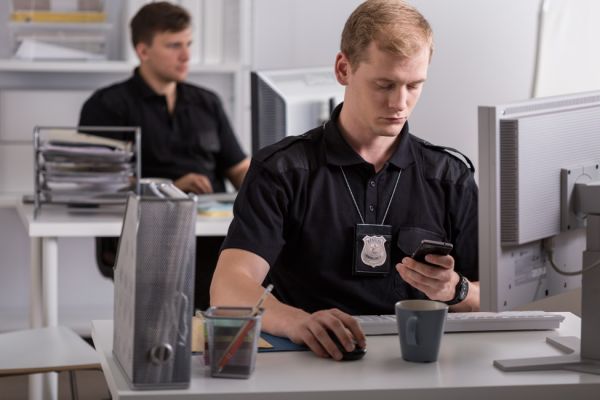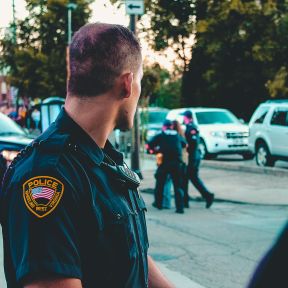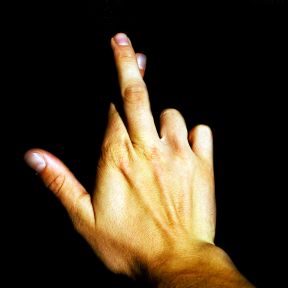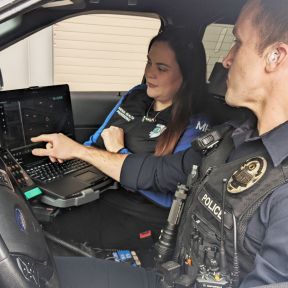
Broken Windows Theory
The broken windows theory states that visible signs of disorder and misbehavior in an environment encourage further disorder and misbehavior, leading to serious crimes. The principle was developed to explain the decay of neighborhoods, but it is often applied to work and educational environments.

The broken windows theory, defined in 1982 by social scientists James Wilson and George Kelling, drawing on earlier research by Stanford University psychologist Philip Zimbardo, argues that no matter how rich or poor a neighborhood, one broken window would soon lead to many more windows being broken: “One unrepaired broken window is a signal that no one cares, and so breaking more windows costs nothing.” Disorder increases levels of fear among citizens, which leads them to withdraw from the community and decrease participation in informal social control.
The broken windows are a metaphor for any visible sign of disorder in an environment that goes untended. This may include small crimes, acts of vandalism, drunken or disorderly conduct, etc. Being forced to confront minor problems can heavily influence how people feel about their environment, particularly their sense of safety.
With the help of small civic organizations, lower-income Chicago residents have created over 800 community gardens and urban farms out of burnt buildings and vacant lots. Now, instead of having trouble finding fresh produce, these neighborhoods have become go-to food destinations. This example of the broken windows theory benefits the people by lowering temperatures in overheated cities, increasing socialization, reducing stress, and teaching children about nature.
George L. Kelling and James Q. Wilson popularized the broken windows theory in an article published in the March 1982 issue of The Atlantic. They asserted that vandalism and smaller crimes would normalize larger crimes (although this hypothesis has not been fully supported by subsequent research). They also remarked on how signs of disorder (e.g., a broken window) stirred up feelings of fear in residents and harmed the safety of the neighborhood as a whole.
The broken windows theory was put forth at a time when crime rates were soaring, and it often spurred politicians to advocate policies for increasing policing of petty crimes—fare evasion, public drinking, or graffiti—as a way to prevent, and decrease, major crimes including violence. The theory was notably implemented and popularized by New York City mayor Rudolf Giuliani and his police commissioner, William Bratton. In research reported in 2000, Kelling claimed that broken-windows policing had prevented over 60,000 violent crimes between 1989 and 1998 in New York City, though critics of the theory disagreed.

Although the “Broken Windows” article is one of the most cited in the history of criminology, Kelling contends that it has often been misapplied. The implementation soon escalated to “zero tolerance” policing policies, especially in minority communities. It also led to controversial practices such as “stop and frisk” and an increase in police misconduct complaints.
Most important, research indicates that criminal activity was declining on its own, for a number of demographic and socio-economic reasons, and so credit for the shift could not be firmly attributed to broken-windows policing policies. Experts point out that there is “no support for a simple first-order disorder-crime relationship,” contends Columbia law professor Bernard E. Harcourt. The causes of misbehavior are varied and complex.
The effectiveness of this approach depends on how it is implemented. In 2016, Dr. Charles Branas led an initiative to repair abandoned properties and transform vacant lots into community parks in high-crime neighborhoods in Philadelphia, which subsequently saw a 39% reduction in gun violence. By building “palaces for the people” with these safe and sustainable solutions, neighborhoods can be lifted up, and crime can be reduced.
When a neighborhood, even a poor one, is well-tended and welcoming, its residents have a greater sense of safety. Building and maintaining social infrastructure—such as public libraries, parks and other green spaces, and active retail corridors—can be a more sustainable option and improve the daily lives of the people who live there.
According to the broken windows theory, disorder (symbolized by a broken window) leads to fear and the potential for increased and more severe crime. Unfortunately, this concept has been misapplied, leading to aggressive and zero-tolerance policing. These policing strategies tend to focus on an increased police presence in troubled communities (especially those with minorities and lower-income residents) and stricter punishments for minor infractions (e.g., marijuana use).
Zero-tolerance policing metes out predetermined consequences regardless of the severity or context of a crime. Zero-tolerance policies can be harmful in an academic setting, as vulnerable youth (particularly those from minority ethnic/racial backgrounds) find themselves trapped in the School-to-Prison Pipeline for committing minor infractions.
Aggressive policing practices can sour relationships between police and the community. However, problem-oriented policing—which identifies the specific problems or “broken windows” in a neighborhood and then comes up with proactive responses—can help reduce crime. This evidence-based policing strategy has been shown to be effective.










